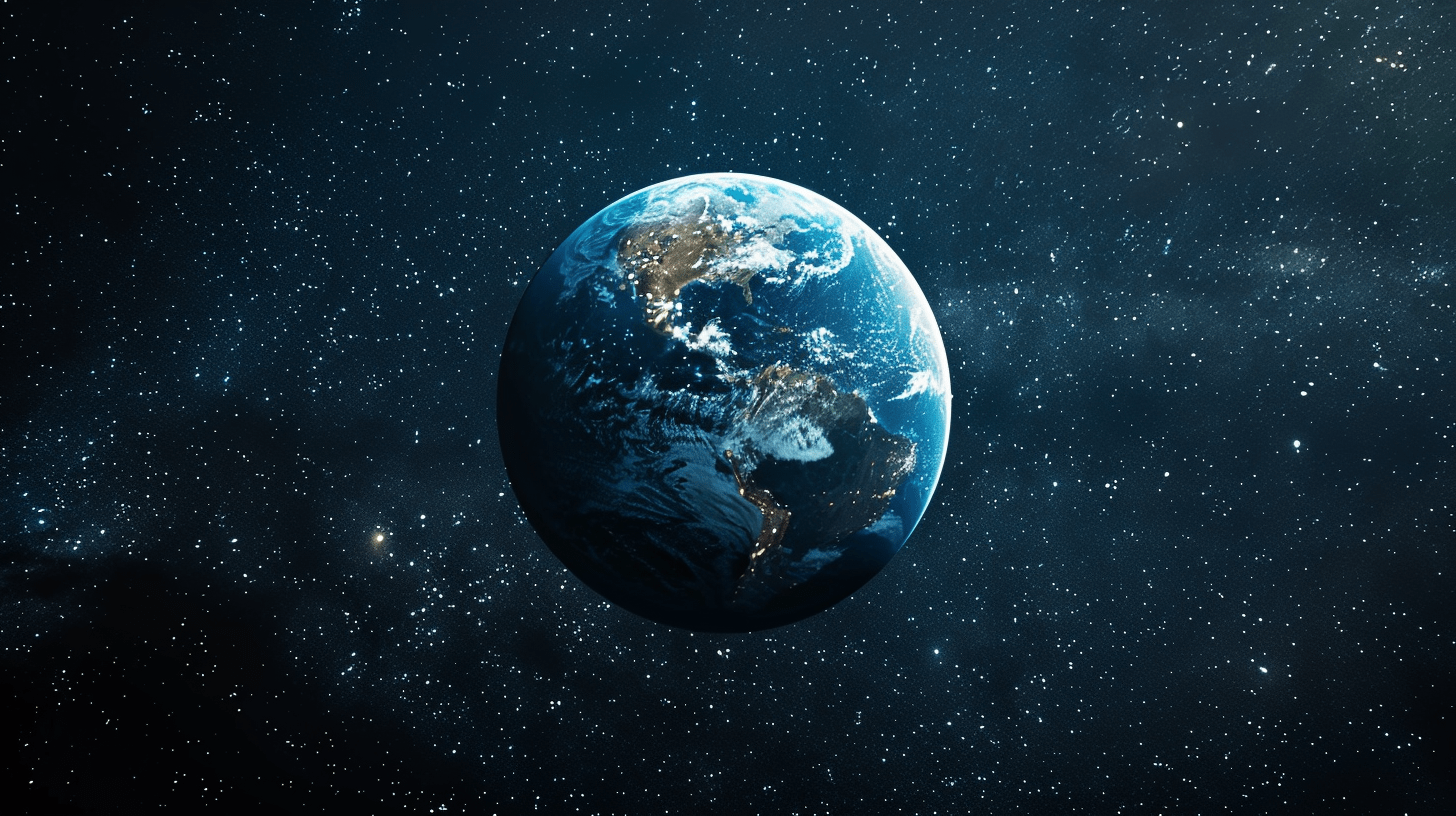Planetary Boundaries
Explore the concept of planetary boundaries, a scientific framework that identifies the environmental limits within which humanity can safely operate.

Atmospheric Aerosol Loading
Aerosols are microscopic particles suspended in the atmosphere. They come from both natural sources, such as dust, sea salt, and volcanic eruptions, and human activities, including burning fossil fuels, industrial processes, and biomass burning. These tiny particles have powerful effects on both human health and the climate.
Aerosols can influence regional climate patterns by reflecting sunlight away from Earth’s surface or affecting how clouds form and behave. For example, high aerosol concentrations can cool certain areas even while global temperatures rise. This makes their effects highly variable across different regions.
They also cause serious health risks. Aerosols like black carbon (soot) and sulfates can penetrate deep into human lungs, contributing to respiratory disease, heart problems, and premature death, especially in densely populated urban areas.
Unlike other boundaries, atmospheric aerosol loading has not been precisely quantified on a global scale. There is no single threshold because aerosols vary widely in chemical composition, size, and origin. However, regional limits are being exceeded in many places, particularly in South Asia and parts of Africa, posing immediate risks to both human and ecosystem health.
Understanding and managing this boundary requires improved monitoring and policies that reduce air pollution while considering the complex interactions aerosols have with climate and weather.